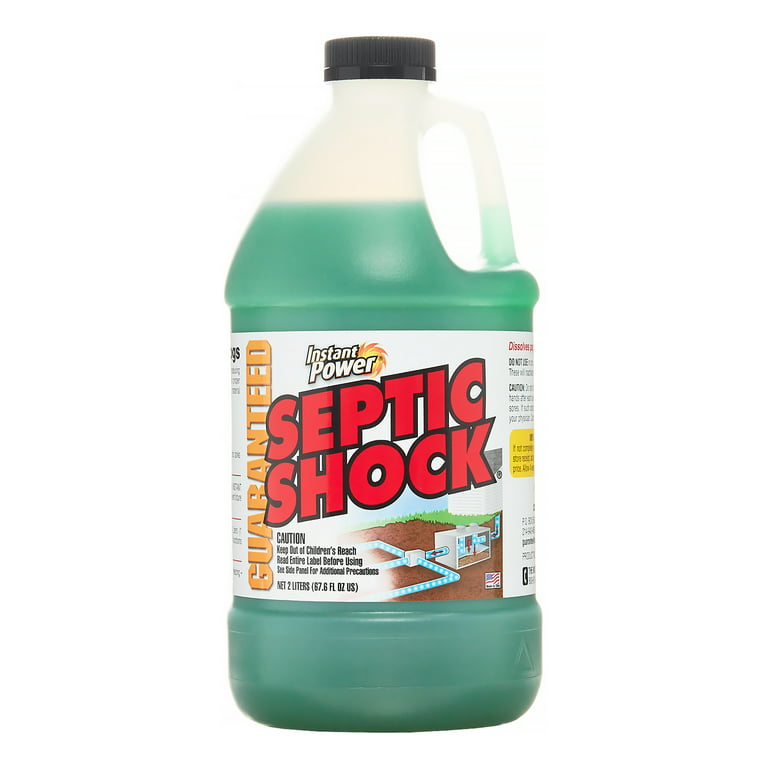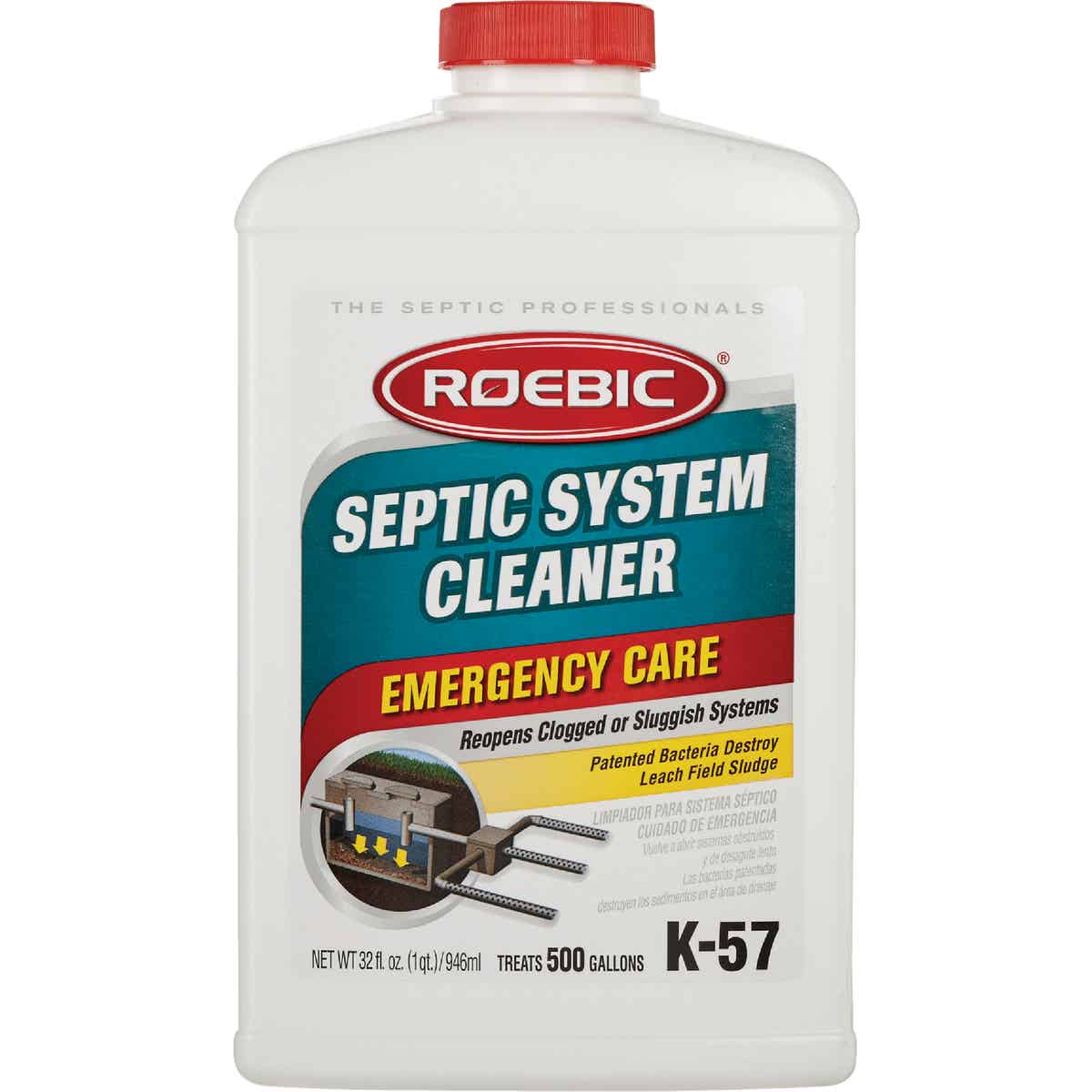Imagine this scenario: you wake up to an unexpected septic tank emergency. The foul odor fills the air, and you realize that you need immediate help to resolve this messy situation. Look no further – our septic tank emergency treatment is here to save the day! With our effective and efficient solution, we will quickly restore your septic system to its pristine condition, getting rid of any unpleasant smells and ensuring smooth functioning. Don’t let a septic tank emergency ruin your day – trust in our reliable treatment and get your system back on track in no time!
Understanding Septic Tank Emergencies
What is a septic tank emergency?
A septic tank emergency refers to a situation where the normal functioning of a septic system is severely disrupted, and immediate action is required to prevent further damage or health risks. It typically involves issues such as overflowing tanks, blockages in the system, cracks or leaks in the tank, and foul odors or backups.
Causes of septic tank emergencies
There are several factors that can contribute to septic tank emergencies. One of the most common causes is improper maintenance and neglect of the system. Lack of regular pumping and inspection can lead to excessive buildup of solid waste, which can eventually lead to blockages or tank overflow. Other causes can include flushing non-biodegradable items such as wipes or sanitary products down the toilet, excessive water usage, and damage to the tank or pipes due to external factors like tree roots or vehicle pressure.
Signs of a septic tank emergency
Recognizing the signs of a septic tank emergency is crucial in order to take immediate action. Warning signs may include toilets or drains that are slow to empty, gurgling sounds in the plumbing system, foul odors coming from drains or the tank, wet spots or pools of water in the yard near the septic system, and sewage backups in toilets or drains. If any of these signs are present, it is important to address the issue promptly to prevent further damage or health hazards.
Immediate Steps to Take
Assess the situation
The first step when facing a septic tank emergency is to assess the situation. Understand the extent of the problem by observing the signs and symptoms, and try to identify the potential cause. This will help determine the appropriate course of action and whether professional help is needed.
Isolate the area
To prevent further damage or contamination, it is important to isolate the affected area. Avoid using any drains or toilets connected to the septic system, and ensure that children and pets are kept away from the area. This will help minimize the risk of injury or additional damage until the issue is resolved.
Contact professionals
In most septic tank emergencies, it is best to seek the assistance of professionals who specialize in septic system maintenance and repairs. They have the knowledge, experience, and tools necessary to accurately diagnose the problem and provide effective solutions. Contacting a reliable septic tank emergency service provider should be a priority to ensure a prompt response and efficient resolution of the issue.
Ensure safety
Safety should always be prioritized in any septic tank emergency. If there is any risk of electrical hazards, gas leaks, or structural instability, it is crucial to evacuate the area and contact the appropriate authorities. Do not attempt any repairs or interventions that could potentially pose a danger to yourself or others. Leave it to the professionals who are trained in handling such situations.
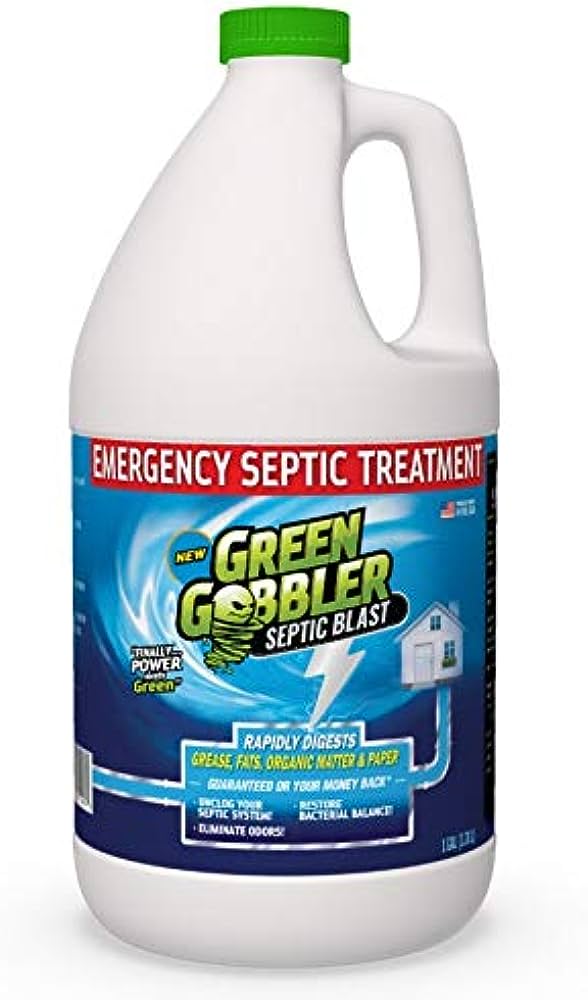
Preventive Measures
Regular septic tank maintenance
One of the most effective ways to prevent septic tank emergencies is to implement a regular maintenance routine. This includes regular pumping of the septic tank to remove accumulated solids, as well as periodic inspections to identify and address any potential issues before they escalate. Following a recommended maintenance schedule provided by professionals can significantly extend the lifespan of the septic system and minimize the risk of emergencies.
Avoid flushing non-biodegradable items
Flushing non-biodegradable items down the toilet is a common cause of septic tank emergencies. Items such as wipes, sanitary products, cigarette butts, and excessive amounts of grease or oil should never be flushed down the drain. These materials can accumulate in the system, leading to blockages and reduced functionality. Encourage everyone in your household to dispose of these items correctly in a designated trash bin.
Proper water usage
Conserving water and practicing responsible water usage habits can help maintain a healthy septic system. Excessive water usage can overwhelm the system and lead to increased strain and potential failures. Consider installing low-flow fixtures, repairing any leaks promptly, and spreading out household water usage throughout the day to avoid overloading the septic system.
Regular inspections
Regular inspections of the septic system are essential for early detection of any issues or weaknesses. Hire a professional septic service provider to perform regular inspections and assessments of your system. They will be able to identify any signs of potential emergencies and recommend appropriate actions to prevent further damage. Proactive inspections can save you from costly repairs and keep your septic system functioning optimally.
Common Septic Tank Emergency Scenarios
Overflowing septic tank
An overflowing septic tank is a serious emergency that requires immediate attention. It occurs when the septic tank is overwhelmed with solid waste and cannot efficiently process the incoming sewage. Signs of an overflowing septic tank may include sewage backups in toilets or drains, foul odors in the vicinity of the tank, and wet spots or pools of water in the yard. Addressing this emergency promptly is crucial to prevent environmental contamination and property damage.
Blockages in the septic system
Blockages in the septic system can disrupt the normal flow of sewage and lead to backups or overflow. They can occur due to the buildup of non-biodegradable items, excessive grease or oil, tree roots infiltrating the pipes, or other debris. Signs of a blockage may include slow draining toilets or sinks, gurgling sounds in the plumbing system, and foul odors. Clearing blockages promptly is important to restore the proper functioning of the septic system and minimize the risk of further damage.
Cracks or leaks in the septic tank
Cracks or leaks in the septic tank can result from various factors, including age, poor installation, shifting soil, or external damage. These issues can compromise the structural integrity of the tank and lead to leaks, groundwater contamination, or even tank collapse. Signs of a cracked or leaking septic tank may include foul odors, wet spots or greener patches in the yard, or visible cracks on the surface of the tank. Repairing or replacing damaged components is necessary to prevent further deterioration and potential health hazards.
Foul odors and backups
Foul odors and backups in the plumbing system are indicators of a septic tank emergency. These issues can be caused by a variety of problems, such as blockages, tank overflow, cracks in the tank or pipes, or improper ventilation. The presence of foul odors and backups should never be ignored, as they can indicate a more significant underlying issue that requires immediate attention. Promptly identifying and resolving the source of the odors and backups is crucial to restore a healthy and functional septic system.
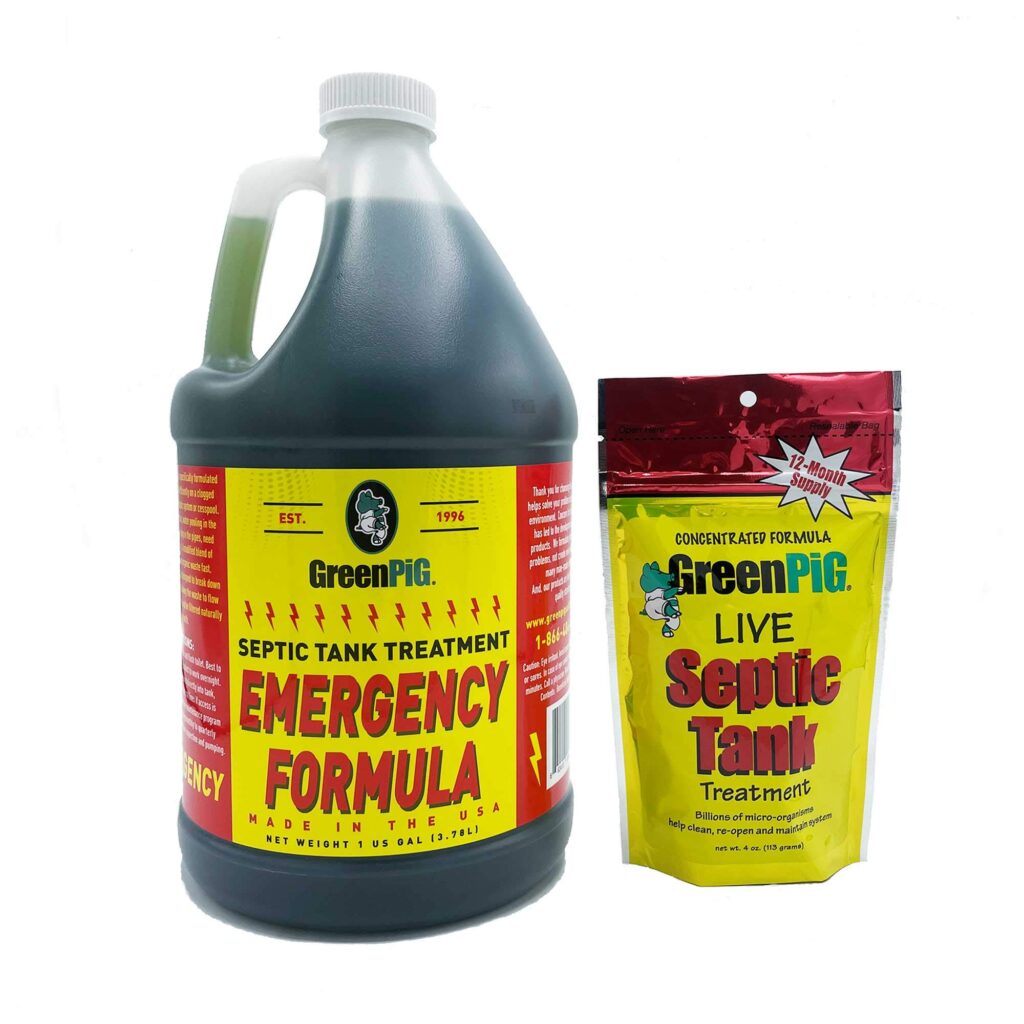
Treating an Overflowing Septic Tank
Assess the cause of the overflow
When faced with an overflowing septic tank, it is important to determine the cause of the overflow. This could be due to excessive solid waste accumulation, a malfunctioning pumping system, or a blockage further down the line. Understanding the root cause will help guide the appropriate treatment approach.
Pump out excess waste
To address an overflowing septic tank, it is necessary to pump out the excess waste. This should be carried out by a professional septic service provider with the appropriate equipment and expertise. They will safely remove the accumulated solids and transfer them to a designated disposal facility. Regular pumping of the septic tank should be scheduled afterward to prevent future emergencies.
Repair or replace damaged components
Once the excess waste has been removed, it is important to assess and repair any damaged components contributing to the overflow. This may include repairing or replacing malfunctioning pumps, inspecting and unclogging drain fields, or addressing cracks or leaks in the tank or pipes. The repairs should be carried out by professionals to ensure proper functionality and prevent future emergencies.
Restore balance in the tank
After treating an overflowing septic tank, it is crucial to restore the balance of bacteria and enzymes in the tank. This can be achieved by adding specialized septic tank treatments that help break down solids and maintain a healthy microbial environment. Following the treatment, it is important to continue with regular maintenance and inspections to prevent future overflows.
Clearing Blockages in the Septic System
Identify the location of the blockage
Clearing blockages in the septic system first requires identifying the location of the blockage. This can be done by conducting visual inspections, utilizing specialized cameras to inspect the pipes, or consulting with professionals who can provide accurate assessments. Knowing the exact location of the blockage will facilitate effective clearing of the obstruction.
Use appropriate tools or chemicals to clear the blockage
Once the location of the blockage is identified, appropriate tools or chemicals can be used to clear the obstruction. This can include using plumbing snakes or augers to physically remove the blockage or employing specially formulated septic-safe chemicals to dissolve or break down the materials causing the blockage. It is crucial to choose tools or chemicals that are safe for septic systems to avoid further damage.
Inspect and repair damaged pipes or components
After successfully clearing the blockage, it is important to inspect the pipes and components of the septic system for any damage or weaknesses. If any pipes are found to be cracked, collapsed, or otherwise damaged, they should be repaired or replaced as necessary. This ensures that the septic system can resume its normal functionality without future blockages.
Restore normal flow
Once the blockage is cleared and any necessary repairs are completed, it is essential to restore normal flow in the septic system. Run water through all drains and flush toilets to ensure that the pipes are clear and functioning properly. Monitoring the system for a few days after clearing the blockage is advisable to ensure that the issue is fully resolved and there are no further obstructions.
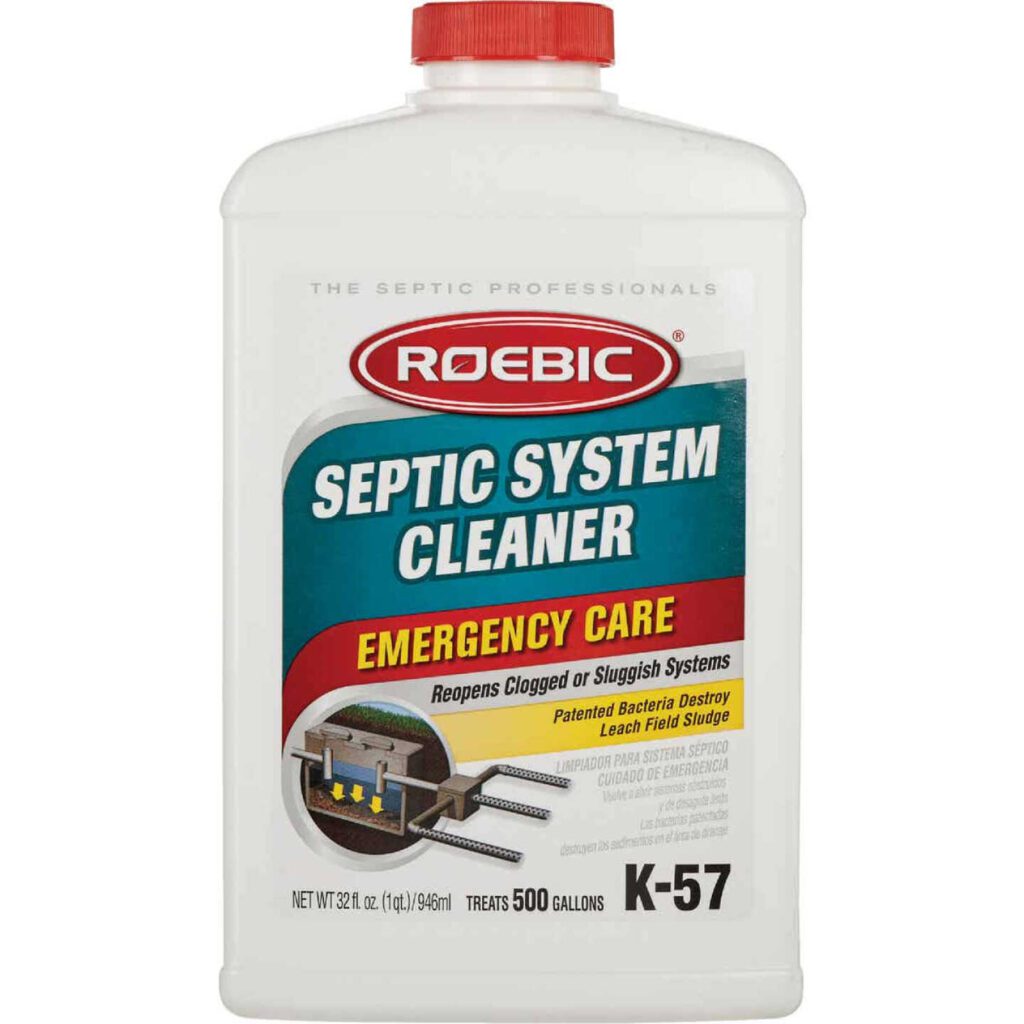
Repairing Cracks or Leaks in the Septic Tank
Locate and assess the extent of the cracks or leaks
Repairing cracks or leaks in a septic tank starts with locating and assessing the extent of the damage. This can involve visual inspections, using specialized equipment to detect leaks, or consulting with professionals who have experience in septic system repairs. Understanding the severity of the cracks or leaks will help determine the appropriate repair method.
Apply suitable patching materials or sealants
If the cracks or leaks in the septic tank are minor and can be repaired, suitable patching materials or sealants can be used to fix the issue. These materials are specially formulated to withstand the conditions within septic tanks and provide effective sealing. Following the manufacturer’s instructions and ensuring thorough application is crucial for a successful repair.
Consider professional repair or replacement if necessary
In some cases, the cracks or leaks in the septic tank may be too severe or extensive to repair with basic patching methods. In such situations, it is advisable to consult with professionals to evaluate the tank and determine the most appropriate course of action. This may involve repairing specific sections of the tank or replacing the entire tank if necessary. Professional repair or replacement ensures a thorough and lasting solution to the issue.
Addressing Foul Odors and Backups
Identify the source of the odors or backups
To address foul odors and backups in the septic system, it is important to identify the source of the problem. This could be a result of blockages, tank overflow, damaged pipes, or improper ventilation. By pinpointing the exact cause, the necessary steps can be taken to resolve the issue effectively.
Clean and disinfect affected areas
Once the source of the foul odors or backups is identified, it is crucial to clean and disinfect the affected areas. Use appropriate cleaning agents and disinfectants to eliminate any bacteria or pathogens that may be present. Thoroughly sanitize the drains, toilets, and other areas that have been affected by the backups to ensure a clean and safe environment.
Check for clogs or damages causing the issue
To prevent future foul odors or backups, it is essential to check for any clogs or damages that may have caused the problem. Inspect the pipes, drains, and other components of the septic system for any blockages, leaks, or structural issues. Take prompt action to clear any clogs or repair any damages to prevent the recurrence of foul odors and backups.
Take preventive measures to avoid recurrence
After addressing and resolving the immediate issue, take preventive measures to avoid the recurrence of foul odors and backups. This can include implementing regular maintenance routines, educating household members about proper flushing and water usage habits, and scheduling annual inspections to ensure the health and functionality of the septic system. By taking proactive steps, you can safeguard against future emergencies and maintain a healthy septic system.

Professional Septic Tank Emergency Services
Benefits of hiring professionals
Hiring professionals for septic tank emergency services offers numerous benefits. Professionals have the expertise and knowledge necessary to accurately diagnose and address emergency situations. They have access to specialized equipment and tools, ensuring efficient and effective solutions. Professionals can also provide guidance on preventive measures and offer maintenance plans to extend the lifespan of your septic system.
Choosing a reliable septic tank emergency service provider
When choosing a reliable septic tank emergency service provider, it is important to consider several factors. Look for providers with a good reputation, positive customer reviews, and a proven track record in handling septic system emergencies. Ensure that they are licensed, insured, and certified to perform the necessary repairs and maintenance. It is also beneficial to choose a provider that offers 24/7 emergency services to ensure prompt assistance when needed.
Emergency service response time
In septic tank emergencies, response time is crucial. When contacting a professional septic tank emergency service, inquire about their average response time for emergencies. A provider that can respond quickly can help minimize the damage and health risks associated with septic tank emergencies. Prompt action is essential in these situations, so choose a service provider that prioritizes timeliness.
Cost considerations
When seeking professional septic tank emergency services, it is important to consider the cost. While cost should not be the sole determining factor, it is necessary to find services that fit within your budget. Compare quotes from different providers, but also ensure that the quality of the services offered is not compromised. Remember that investing in professional help during a septic tank emergency can save you from more significant and costlier repairs in the long run.
Conclusion
Understanding septic tank emergencies and knowing how to address them is crucial for every homeowner. By recognizing the signs, taking immediate action, and implementing preventive measures, you can safeguard your septic system against emergencies. Regular maintenance, responsible usage habits, and timely repairs will help maintain a healthy and functional septic tank. Remember to always seek professional help for septic tank emergencies, as they have the experience and expertise to provide effective solutions. By taking proper care of your septic system, you can ensure its longevity and avoid the stress and inconvenience of septic tank emergencies.
